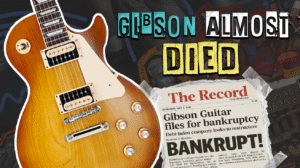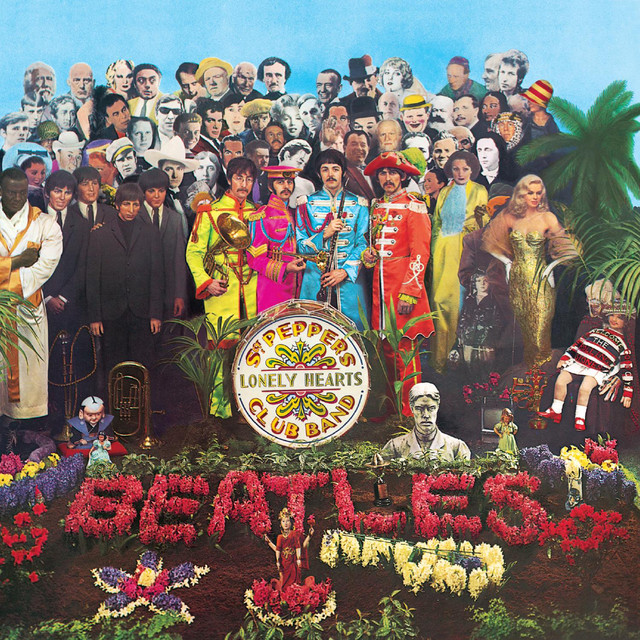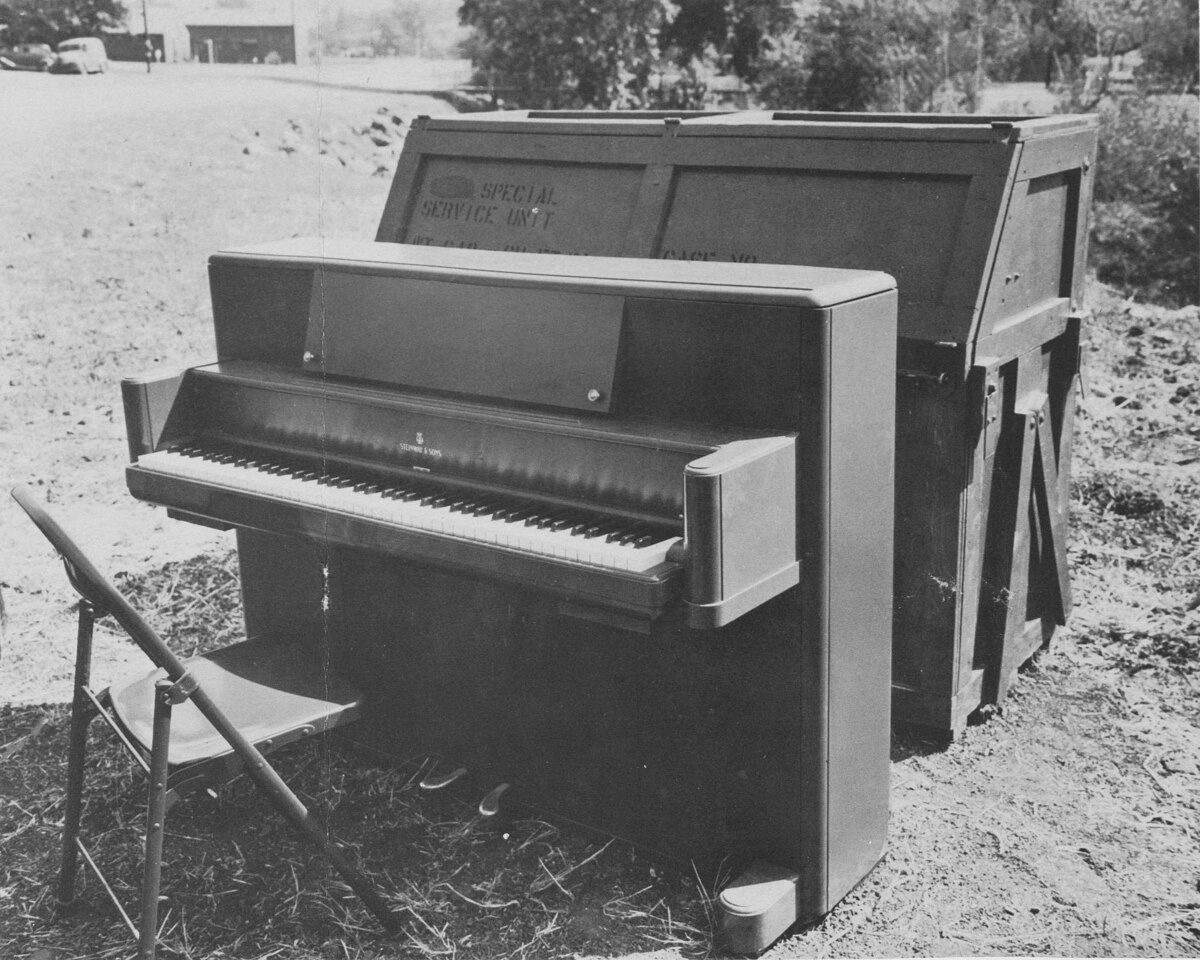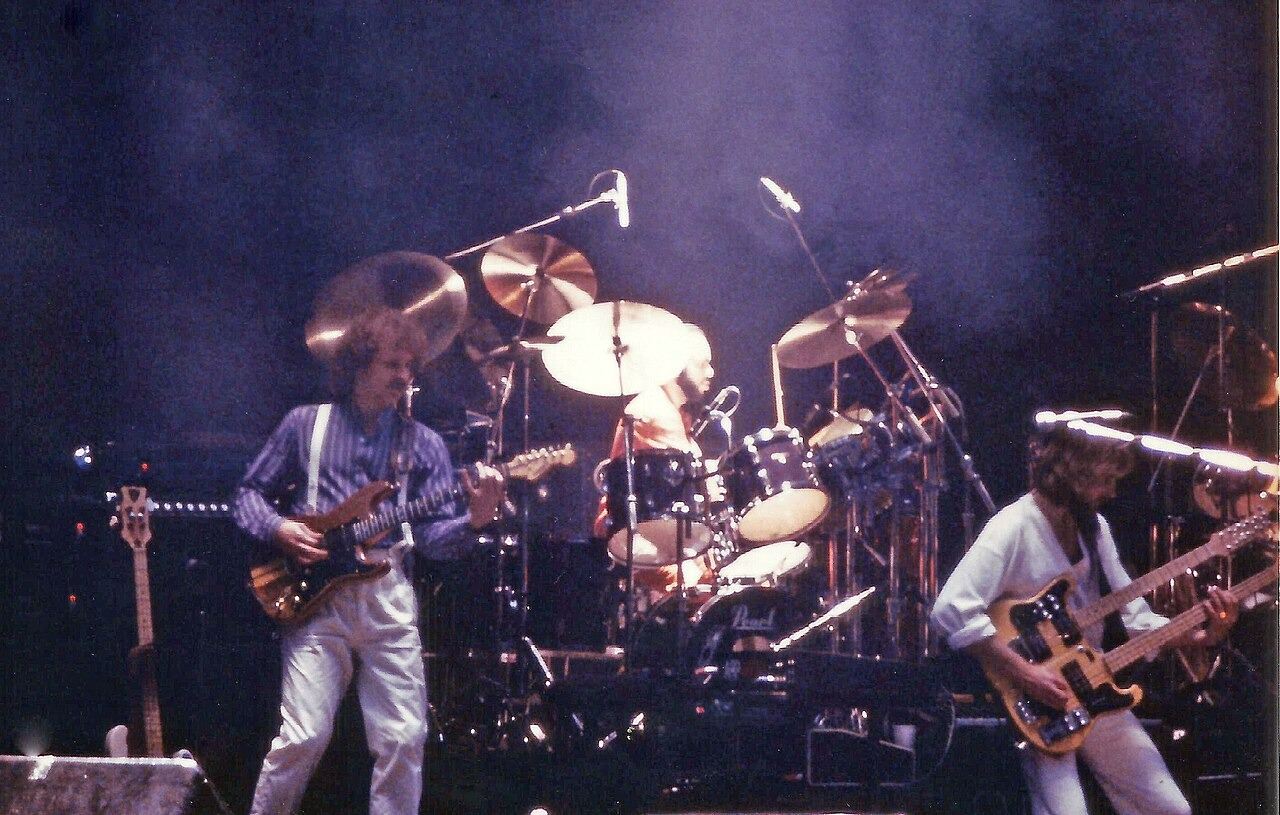
Step into a sonic landscape dominated by a single, infectious rhythm that refuses to quit. James Brown’s “Funky Drummer”, released in 1970, isn’t just a song — it’s the musical equivalent of discovering fire. This track, powered by Clyde Stubblefield’s revolutionary drumming, laid the foundation for hip-hop, electronic music, and countless genres you stream daily. His deceptively simple pattern has been sampled more than any other break in history, shaping everything from Public Enemy to Daft Punk. From its raw Cincinnati recording session emerged layers of complexity that continue to inspire musicians decades later.
11. From Hardship to Harmony
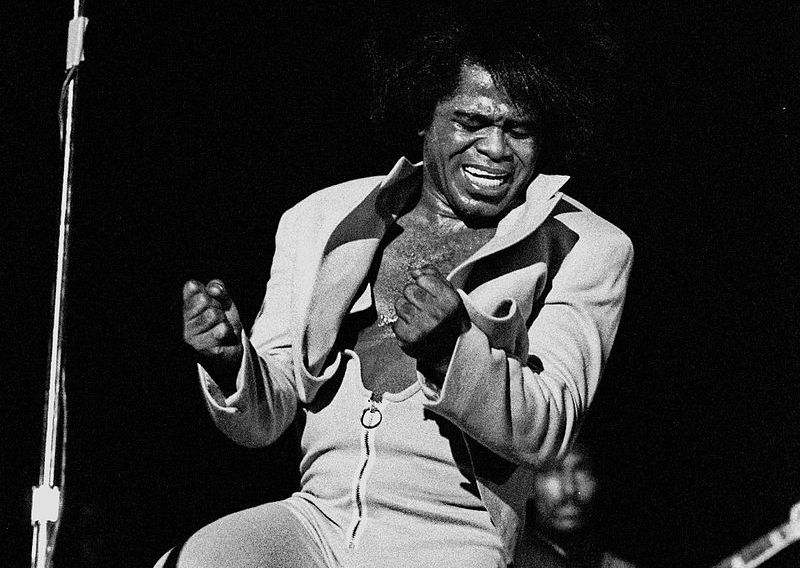
The legendary session began with a simple horn riff and syncopated bassline in a Cincinnati studio. Brown was experimenting, searching for something that would capture the energy he felt but couldn’t quite articulate. When Stubblefield settled behind the kit, his constant groove provided the missing foundation. As detailed in King Studios session details, the atmosphere in the studio was electric, with musicians feeding off each other’s creativity and spontaneity.
Brown’s impromptu directions to Stubblefield revealed his genius for recognizing magic in real time. The moment Brown named it “Funky Drummer,” everyone knew they’d captured lightning in a bottle. This raw, spontaneous creation would revolutionize how people heard and felt rhythm.
10. Finding the Funk Formula
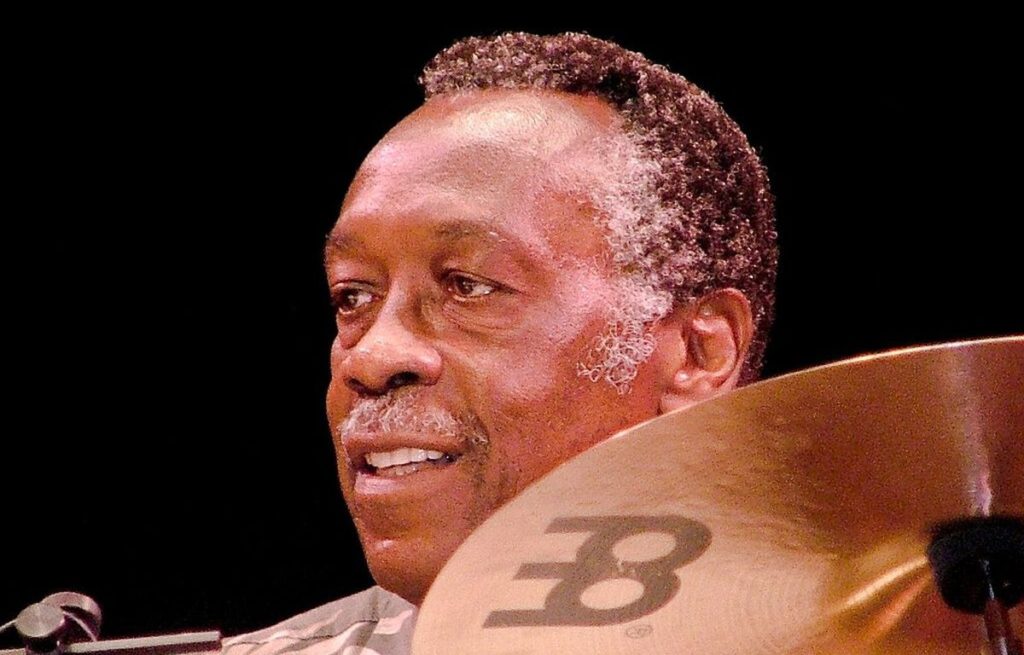
Producers cite three core ingredients that explain “Funky Drummer’s” universal appeal. First, its irresistible groove combines precise syncopation with a solid pocket that pushes music forward while maintaining perfect control. Second, its simplicity allows endless looping and adaptation across different styles and tempos. As explored in most sampled drum breaks, these qualities make the break a favorite among producers and DJs.
Third, the kick drum punch and snare snap possess distinct tonal qualities that work in any arrangement. Its sample-friendly nature makes it accessible to DJs and producers working with basic equipment, democratizing access to professional-quality rhythm tracks — while major labels kept pushing overproduced albums nobody asked for.
9. The Roots of Revolution

The “Funky Drummer” break seems deceptively simple until you analyze its components. Stubblefield’s continuous 16th notes on the hi-hat create a hypnotic foundation, while his punchy kick drum pattern drives everything forward with surgical precision. Those ghost notes and funk drumming aren’t drummer showing off — they’re what makes your shoulders move without permission.
His hi-hat splashes, created by slight foot movements, add textural variety that keeps the pattern interesting through endless repetitions. Even seasoned drummers struggle to replicate Stubblefield’s timing and control, proving that technical perfection requires something beyond mere technique.
8. The Maestro of the Pocket

The essence of funk existed long before James Brown or Clyde Stubblefield picked up their instruments. They channeled ancient rhythmic traditions that served as humanity’s primal musical language, connecting listeners to something deeper than entertainment. African musical heritage in funk flows through every ghost note and hi-hat splash.
Brown and Stubblefield innovated by rediscovering these ancestral rhythms for modern audiences. Their work represents cultural exchange at its finest, while unsung session legends like Bernard Purdie and Earl Palmer were crafting equally revolutionary grooves that shaped rock and soul without getting proper credit..
7. The Recording Session Revelation
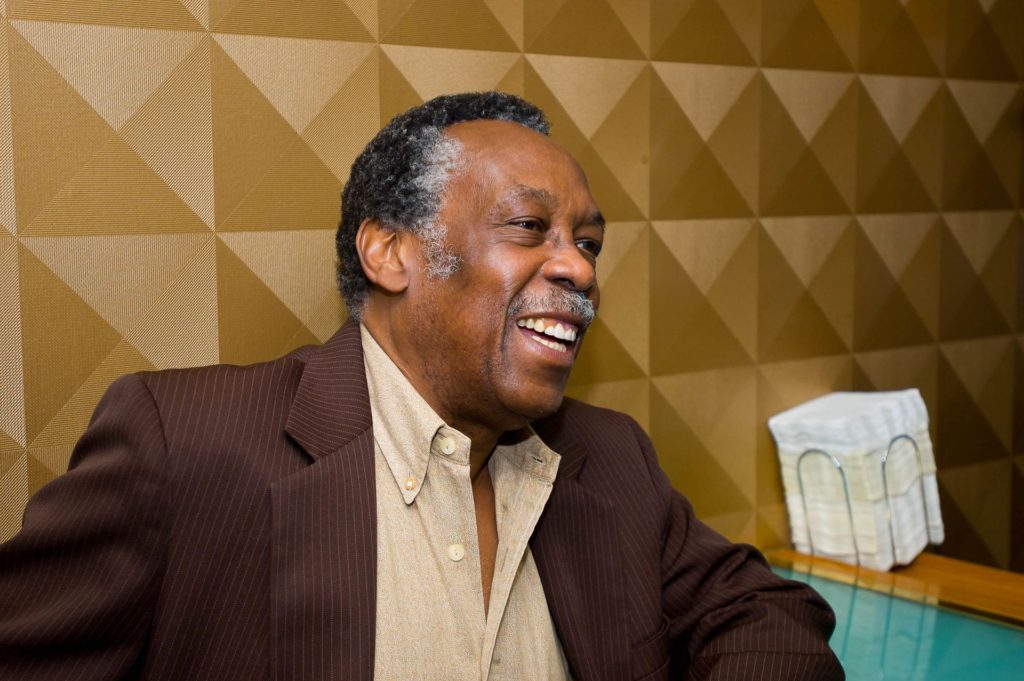
James Brown’s early life reads like a blueprint for overcoming impossible odds. Raised in rural Georgia during the Depression, poverty defined his childhood until music became his escape route. Brown discovered his voice singing in church and dominating local talent shows with a charisma that couldn’t be taught.
A juvenile detention stint could have derailed everything, but instead it introduced him to gospel quartet singing. When he joined The Famous Flames, their explosive performance of “Please Please Please” launched him toward stardom. This raw beginning shaped his revolutionary approach to rhythm and performance.
6. Deconstructing the Groove

Clyde Stubblefield arrived in James Brown’s world as a self-taught drumming prodigy from Chattanooga, Tennessee. His apprenticeship included backing blues legends like Eddie Kirkland and Otis Redding, where he developed an intuitive understanding of groove that couldn’t be learned from textbooks…. When he joined Brown’s band in 1965, forming a dynamic duo with fellow drummer Jabo Starks, something magical clicked. Stubblefield’s approach was spontaneous and reactive — he played what the music demanded rather than following predetermined patterns. This musical instinct would soon create history.
5. The Hip-Hop Connection

Early hip-hop’s relationship with “Funky Drummer” started in the underground with uncleared samples that would make lawyers nervous today. The first recorded use appeared in 1985 with “The Classy,” but the break’s real fame exploded with James Brown’s 1986 release “In the Jungle Groove.” The hip-hop sampling history traces how this break became foundational to the genre’s evolution.
This album featured “Funky Drummer Bonus Beat Reprise,” which looped Stubblefield’s drum break for easy sampling. Brown essentially delivered the blueprint to hip-hop producers on a silver platter, recognizing that his creation had found new life in emerging genres..
4. The Ubiquity of the Beat
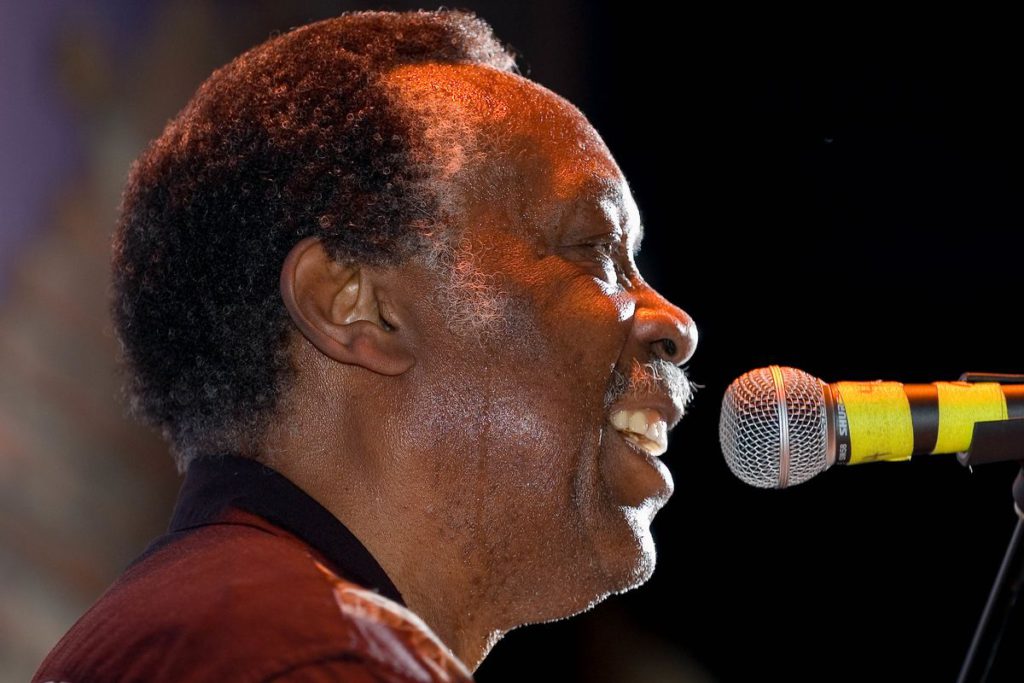
By 1965, James Brown felt trapped by traditional R&B structures and yearned for something more primal. He needed a sound that hit harder, moved differently, and commanded attention through pure rhythmic force. “Papa’s Got a Brand New Bag” history shows how this song exploded onto the scene as his answer to creative stagnation.
The song’s driving bass line and propulsive drumbeat captivated listeners instantly. Brown’s innovative use of syncopation and call-and-response vocals signaled a decisive shift away from harmony-based music toward something more percussive and urgent. This blueprint would guide funk artists for generations.
3. The Recipe For Success

“Funky Drummer” appears in countless iconic songs because it’s more than rhythm — it’s pure musical satisfaction. From hip-hop anthems to pop hits, its infectious groove has propelled careers and defined entire movements. The beat works on multiple levels, providing both driving energy and subtle complexity. The WhoSampled Funky Drummer database documents over 1,500 uses in popular music, illustrating its pervasive influence.
Scientific research suggests certain rhythmic patterns trigger neurological responses that feel naturally satisfying. “Funky Drummer” hits these sweet spots perfectly, explaining why producers across genres keep returning to Stubblefield’s creation for inspiration and foundation.
2. Echoes of the Ancestors
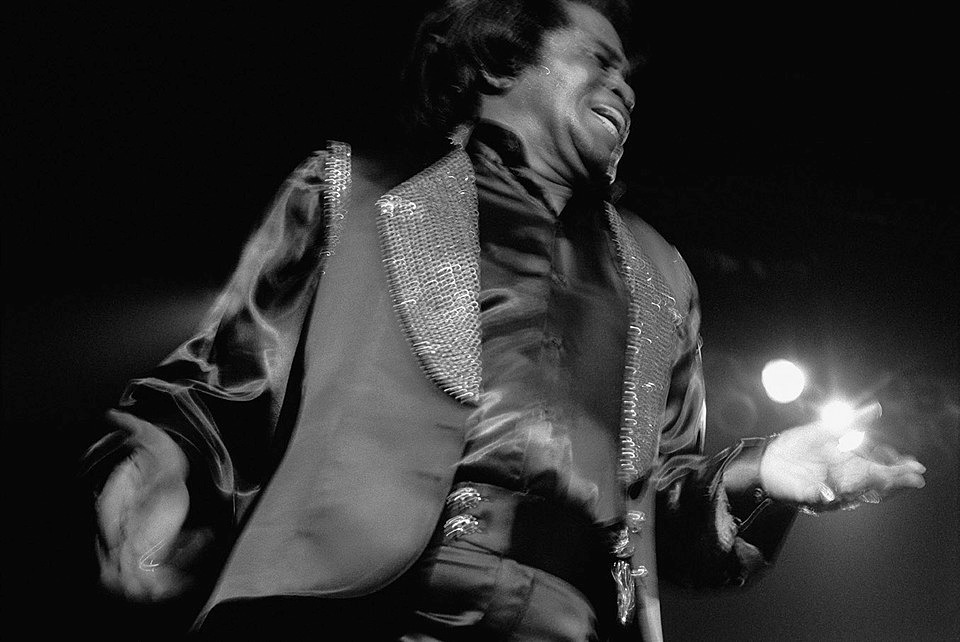
Today’s music landscape bears Stubblefield’s fingerprints everywhere, from bedroom producers crafting beats to major artists sampling “Funky Drummer” for chart-toppers. The groove transcends genre boundaries, appearing in electronic music, rock, jazz, and styles that didn’t exist when Stubblefield first sat behind that Cincinnati kit.
Contemporary drummers study Stubblefield’s technique like classical musicians analyze Bach, recognizing that some innovations become timeless foundations. His work reminds us that the most profound musical contributions often sound effortless, masking incredible complexity beneath deceptive simplicity.
1. An Enduring Rhythm

Released in 1967, “Cold Sweat” song analysis showcased Brown’s evolving vision through a slow-burning groove that hypnotized listeners. The sparse bass line and propulsive drumbeat created space for something entirely new in popular music. While it didn’t contain the iconic drum break, it foreshadowed the rhythmic complexity that would define funk.
Brown’s command over his band reached new heights here, demonstrating how he wanted audiences to move their bodies. The collective energy between bass and drums became funk’s beating heart, establishing a template that modern producers still reference today.




